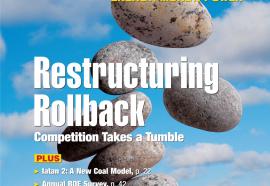The Queue Quandary
Why developers today are often kept waiting to get projects ok’d to connect to the grid.
Late last year FERC learned that the Midwest regional grid likely would require at least 40 years — until 2050 — simply to clear its backlog of proposed gen projects awaiting a completed interconnection agreement to certify their compatibility with the interstate power grid. But grid engineers would meet that date only by shortening the process and studying multiple projects simultaneously in clusters. To apply the process literally, studying one project at a time, as envisioned by current rules, the Midwest reportedly would need 300-plus years to clear its project queue.











